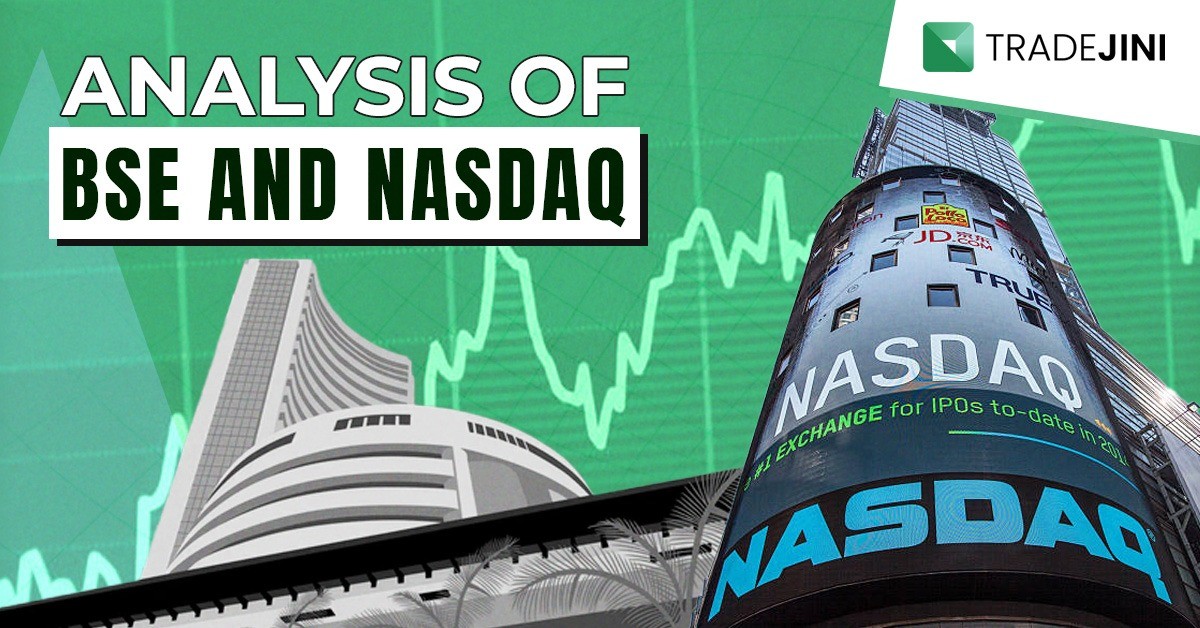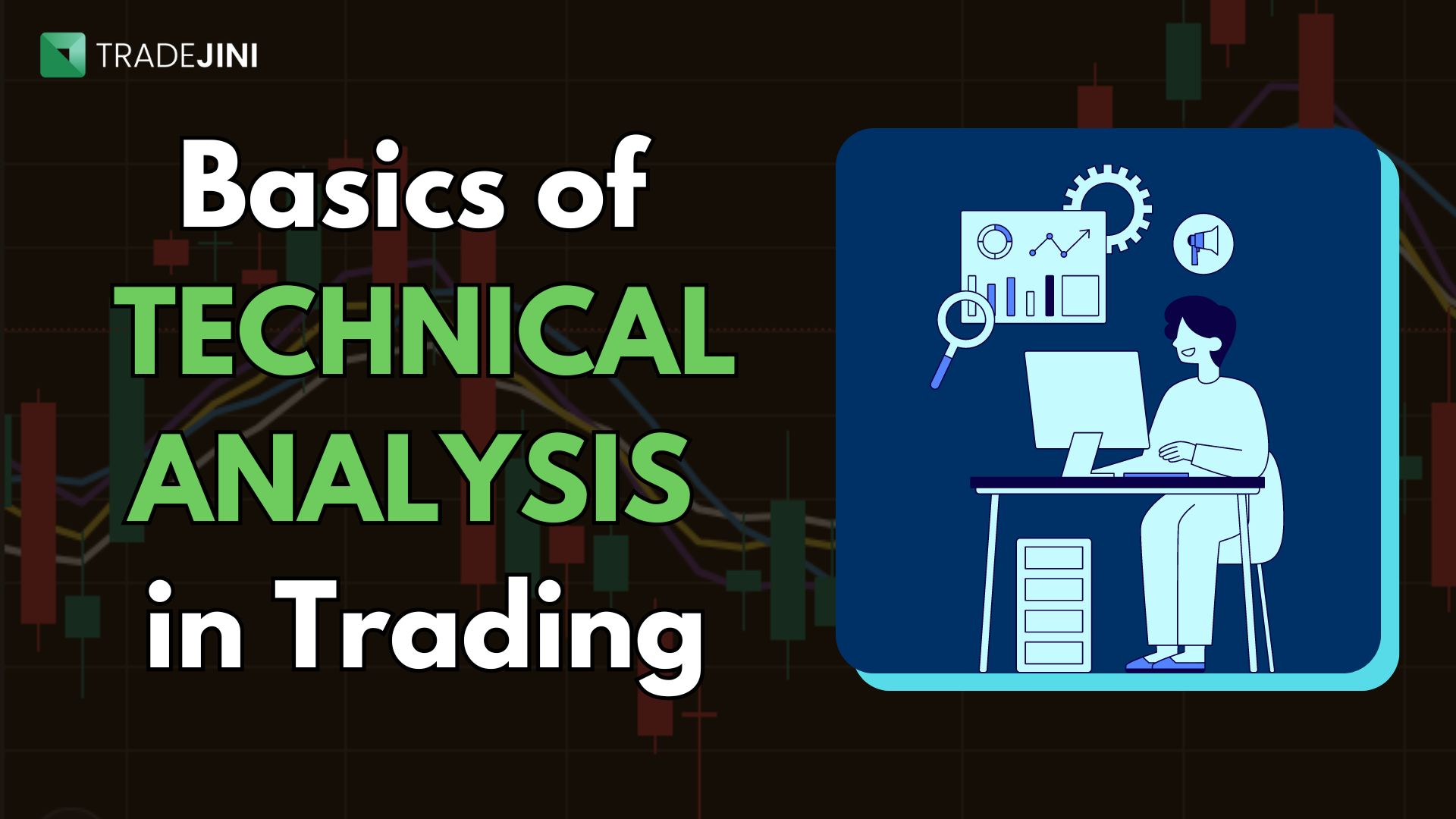Stock market volatility is more than just market turbulence; it is a critical indicator that influences market dynamics, guides investing strategies, and attracts investors seeking high-risk, high-reward opportunities. High-volatility stocks experience rapid price swings, offering potential benefits and posing risks. These fluctuations, driven by company-specific events, economic developments, or breaking news, highlight the importance of understanding stock market volatility.
This article delves into the nature of volatility, its driving factors, trading strategies, and the concept of implied volatility, providing investors with valuable insights to make informed financial decisions.
Factors Driven in Volatile
Market Segment and News
News and public opinion can dramatically alter a firm's stock price. Negative news, such as lawsuits or regulatory concerns, can cause rapid price declines, while positive news, like strong earnings reports or new product launches, can drive prices up.
Economic Factors
Macroeconomic variables such as GDP growth, interest rates, and inflation significantly impact stock prices and overall market sentiment. For example, rising interest rates can make borrowing more expensive, potentially slowing down economic growth and affecting stock prices.
Company-Specific Events
Events such as mergers and acquisitions, management changes, or earnings announcements can lead to significant price swings. A successful acquisition might boost a stock's price, while disappointing earnings could cause it to plummet.
Supply and Demand for Securities
Changes in supply and demand directly affect stock prices. When demand exceeds supply, prices typically rise, increasing volatility, and vice versa.
Geopolitical Factors
Events like trade disputes, political unrest, wars, and policy changes can have a substantial impact on market sentiment and volatility. For instance, escalating trade tensions between major economies can lead to market uncertainty and increased volatility.
Socioeconomic Factors
Economic indicators such as consumer confidence, GDP growth, inflation rates, and employment data influence market volatility. Positive economic news can boost market confidence, while negative news can trigger sell-offs.
Expiration Date of Options Contracts
Options contracts have expiration dates, and as these dates approach, volatility can rise due to shifts in the underlying asset's price and changes in options trading strategies.
Also Learn: Exploring Gamma in Options: Meaning and Practical Examples
Strategies for Trading Volatile Stocks
Managing volatile stocks requires specific strategies to mitigate risks and capitalize on opportunities:
Risk Management
Implement stop-loss orders to limit losses and set profit targets to secure gains. This approach helps investors protect their investments from significant downturns while locking in profits during favorable market movements.
Technical Analysis
Utilize technical indicators such as moving averages, Bollinger Bands, and Relative Strength Index (RSI) to identify entry and exit points. These tools can help traders make informed decisions based on historical price patterns and market trends.
Diversification
Spread investments across different sectors and asset classes to reduce exposure to individual stock volatility. Diversification can help balance the risk and reward profile of an investment portfolio.
Implied vs. Historical Volatility
Understanding the difference between implied and historical volatility is crucial for informed trading decisions.
Implied Volatility
Implied volatility refers to the market's forecast of a stock's future price movements based on supply and demand and other relevant factors. It provides insight into market expectations and potential price swings.
Historical Volatility
Historical volatility calculates the price changes of a stock over a given period, serving as a benchmark for current volatility levels. It helps investors understand past price behavior to predict future movements.
Conclusion
Understanding stock volatility is essential for making informed financial decisions. While volatility implies risk, it does not necessarily mean losses. By identifying the primary drivers of volatility, implementing appropriate trading strategies, and observing implied volatility, investors can enhance their risk management abilities and leverage the opportunities presented by volatile stocks.
Also Read: Understanding the Impact of Mergers: Types, Effects, and Stock Implications 🤔



